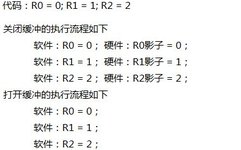Simulating Standard UART Serial Port Using General I/O Ports
Frame The UART communication standard uses an 8-bit binary number as a frame, with the least significant bit first, transmitted bit by bit. To distinguish each frame, a 0 is used as a start marker before each frame, followed by a 1 as a stop marker. Before the stop marker, an optional “parity bit” can … Read more









